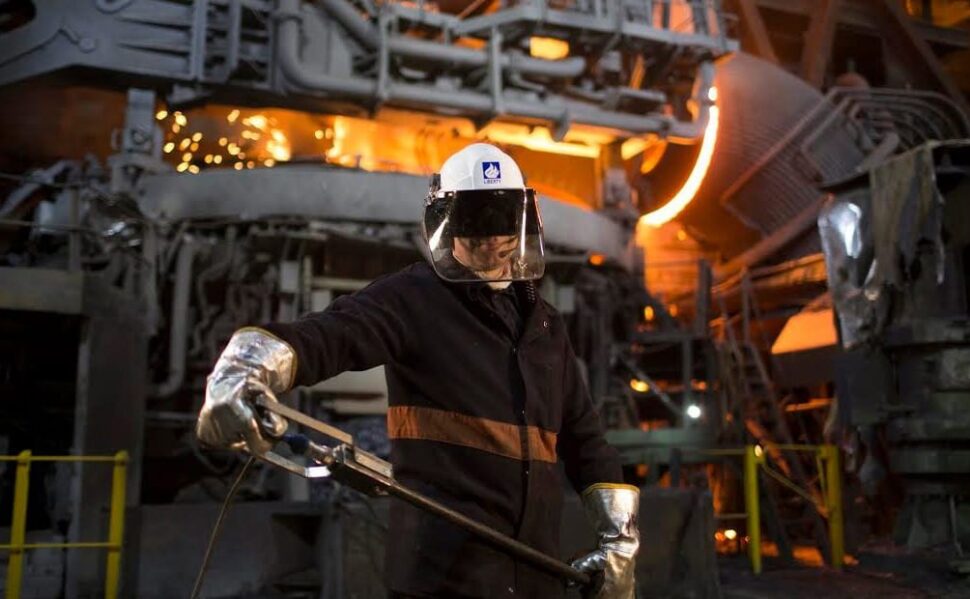Stainless Steel – A part of the green solution
Stainless Steel alloys are integrated and crucial for many green technological products

Stainless Steel alloys are integrated and crucial for many green technological products

Most likely when being asked if stainless steel is an environmental friendly product. Most people will say no. This answer is most likely based on the fact that it is associated with heavy duty applications.
Like ships, automotive, aerospace and heavy industry. And the fact that a lot of energy is needed in the production of steel. To an extent, this is true, but one has to take a look at the whole picture to reach a sound conclusion.
So why is stainless steel a part of the solution in our efforts to solve the environmental challenges we face?
Well for starters, stainless steel is produced using 85% recycled material. There aren’t that many materials that are 100% recyclable an infinite number of times without it losing its key properties such as strength and corrosion resistance. It is also worth noting that, with the notable exception of austenitic grades, all stainless steel has magnetic properties, allowing them to be easily separated from the recycling stream.
Co2 emissions stemming for the production of stainless steel is far less than that of other comparable materials such as aluminum and iron. This is because production methods are highly modernized and the fact that coal is not used in the production of stainless steel. In fact, the start of the modern production of stainless steel fueled the development of hydropower, for example in Italy in the early 20th century.
The high strength of stainless steel alloys allows for thinner products that leads to less weight. In turn this means that less energy is needed to move object built in stainless steel compared to those built in structural steel or carbon steel.
There is hardly any doubt in the minds of experts that stainless steel is one of the most durable and long-lasting substances in the world.
Much of its impeccable durability and endurance can be owed to its incredible corrosion resistance. Since stainless steel can last for decades, if not centuries, it earns the right to be called a green alloy simply based on its longevity. It is also worth noting that stainless steel is among the most hygienic materials in the world and requires minimal use of cleaning agents to be properly maintained.
For example, had the Golden Gate bridge been built in stainless there would be no need for the application of 5000 – 10 000 gallons of paint yearly in maintenance.
In almost all products produced to clean emissions to our air, stainless steel is crucial. Catalytic converters, diesel filters, marine scrubbers etc.
In applications that reduce the use of fossil fuels. Stainless Steel condensing boilers have a 100% efficiency rating. Solar panels utilize stainless steel to ensure a long-life span and to reduce their weight so that they can be installed on buildings and raised from the ground. The improvement of the efficiency of fuel cells needs stainless steel to support the electrodes.
Stainless steel is used to produce waste water and water cleaning systems. Stainless steel pipes for drinking systems help to keep water clean and quality standards high. Stainless steel guarantees lasting hygiene and prevents the formation of any medium on which bacteria can grow. Correct grade selection will minimize the risk of any localized corrosion, meaning there is practically no contamination of water in contact with the stainless steel.